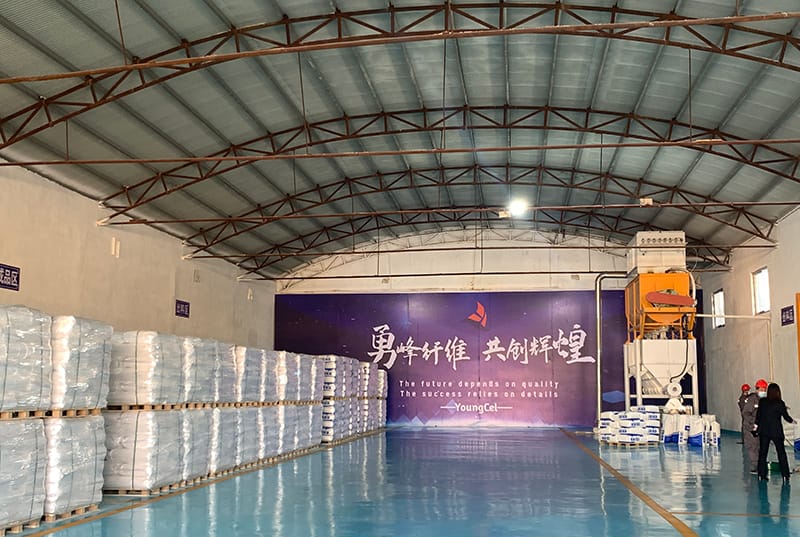Understanding Chemical Components for Tile Bond
When it comes to installing tiles in homes, offices, or commercial spaces, a strong adhesive is essential to ensure the longevity and durability of the installation. The effectiveness of tile bonding relies heavily on the chemical composition of the adhesive used. This article explores the various chemical components that contribute to tile bonding and why they are critical to successful installations.
Types of Tile Adhesives
Tile adhesives can be categorized into several types, primarily based on their chemical composition. The most common types include cement-based adhesives, epoxy adhesives, and organic adhesives. Each type has its own unique chemical make-up that determines its performance in various conditions.
1. Cement-Based Adhesives Cement-based adhesives are the most widely used for tile installations. They are primarily composed of Portland cement, sand, and various additives that enhance their performance. The chemical reactions during the curing process of Portland cement, known as hydration, are critical for setting and bond strength. The addition of polymers in these adhesives can improve adhesion properties and flexibility, making them suitable for different substrates, including concrete, plasterboard, and even wood.
2. Epoxy Adhesives Epoxy adhesives contain resin and hardener components, which undergo a curing process to create a strong, chemical bond. The bond formed is exceptionally resistant to moisture and chemicals, making epoxy adhesives ideal for areas exposed to high levels of water or harsh chemicals, such as kitchens and bathrooms. The durability provided by the chemical structure of epoxy makes it a preferred choice for heavy-duty installations and commercial applications.
3. Organic Adhesives Organic adhesives, often based on latex, provide flexibility and good adhesion to various surfaces. They are commonly used for residential tile installations due to their ease of use and relatively lower cost. However, their performance can be limited in areas exposed to high moisture levels. Understanding the chemical properties of these adhesives helps installers choose the right product based on the specific conditions of the job.
Key Ingredients and Their Roles
The effectiveness of tile bonding adhesives hinges on several key chemical ingredients
chemical for tile bond

- Cement Acts as the primary bonding agent, providing strength and stability as it cures. - Polymers Enhance adhesion and flexibility, allowing the adhesive to withstand movement and prevent cracking. - Additives Various additives, such as anti-microbial agents and thickeners, increase performance characteristics like water resistance and application ease.
Factors Influencing Tile Bond Performance
Several factors can influence the performance of tile adhesives
1. Moisture Levels High moisture can weaken adhesive bonds, making it crucial to select a product designed for wet environments if the installation is in a bathroom or outdoor area.
2. Temperature Extreme temperatures can affect curing times and bond strength. Installers must be aware of the recommended temperature ranges for application.
3. Surface Preparation Proper surface preparation is vital for maximizing bond strength. Clean, roughened surfaces provide better mechanical interlocking, enhancing adhesive attachment.
4. Tile Type The type of tile material (ceramic, porcelain, stone) can affect the choice of adhesive. Different compositions react uniquely, necessitating careful selection for optimal results.
Conclusion
In summary, the chemical composition of tile bonding adhesives plays a vital role in the success of tile installations. Whether using cement-based, epoxy, or organic adhesives, understanding the chemical properties and performance factors of these materials helps contractors and DIY enthusiasts make informed decisions. By selecting the appropriate adhesive based on the specific conditions of each installation, the longevity and durability of tile work can be greatly enhanced, ensuring that it retains its beauty and functionality for years to come.
-
Rdp Powder: Key Considerations for Wholesalers in the Building Materials IndustryNewsJul.08,2025
-
Key Considerations for Wholesalers: Navigating the World of Hpmc - Based ProductsNewsJul.08,2025
-
Hpmc Detergent: Key Considerations for WholesalersNewsJul.08,2025
-
Key Considerations for Wholesalers: China Hpmc For Tile Adhesive, Coating Additives, Concrete Additives, and MoreNewsJul.08,2025
-
Crucial Considerations for Wholesalers: Navigating the World of Construction MaterialsNewsJul.08,2025
-
Key Considerations for Wholesalers Sourcing Additive For Cement, Additive For Concrete, Additive For Putty from Additive Manufacturer Shijiazhuang Gaocheng District Yongfeng Cellulose Co., Ltd.NewsJul.08,2025




